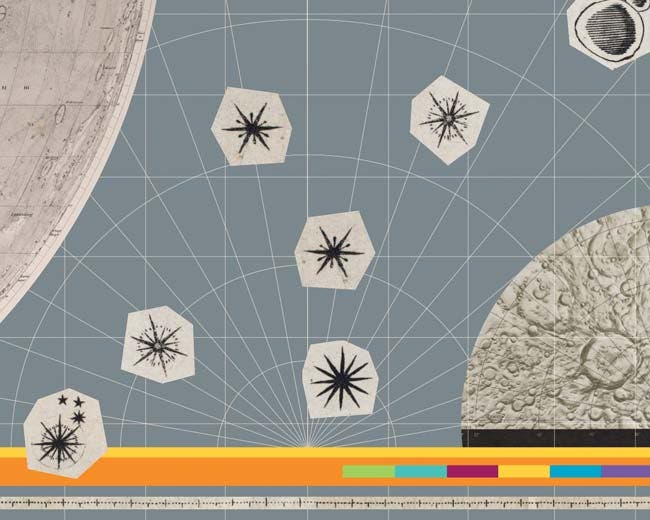Project Ranger
NASA’s Ranger program, operated by the Jet Propulsion Laboratory at the California Institute of Technology, was a series of unmanned missions to the Moon during the mid-1960s. The objective of the program was to obtain high-resolution photographs of the lunar surface in advance of Surveyor and Apollo lunar landing missions.
Built to Crash
Ranger spacecraft were sent on a collision course to the Moon. They were designed to transmit close-up photographs of the lunar surface a few minutes before they crashed. The first six Ranger flights failed to reach the Moon. The final three flights successfully impacted the lunar surface, transmitting thousands of detailed images back to Earth.
Cameras
Each Ranger spacecraft contained six vidicon television cameras manufactured by RCA. The cameras had varying exposure times and fields of view. Three of the six cameras used 25-mm lenses; the other three had 76-mm lenses.

